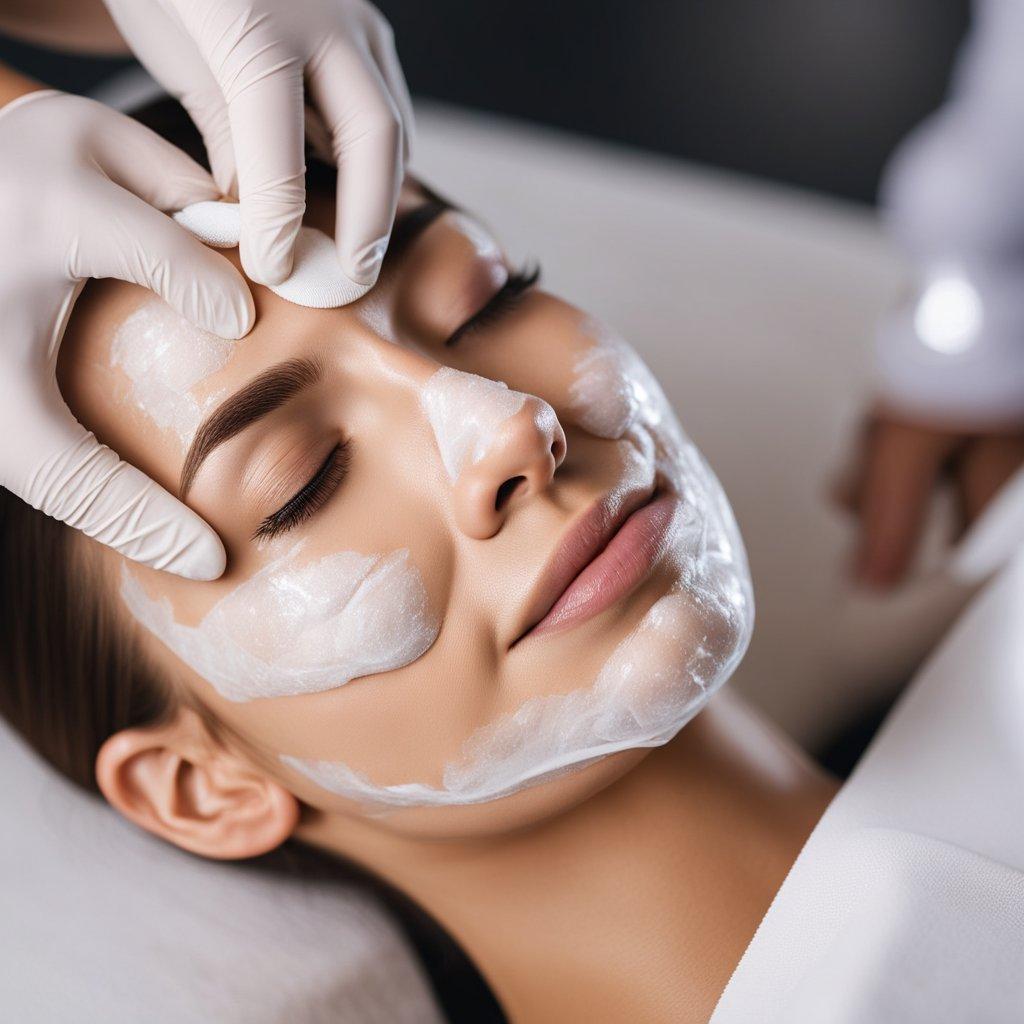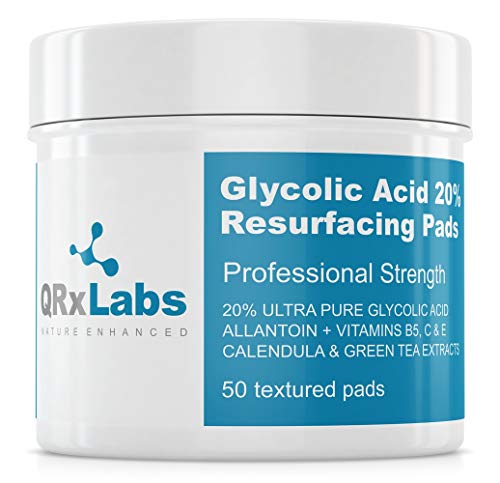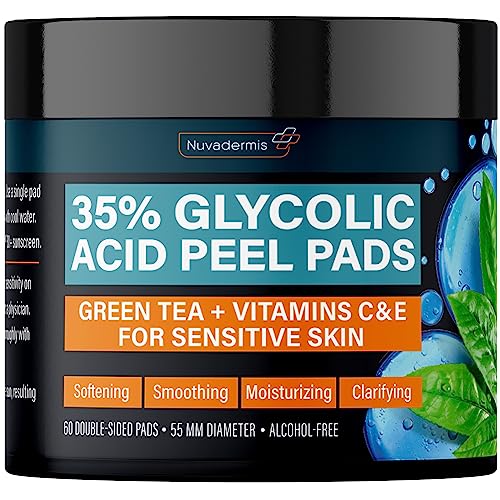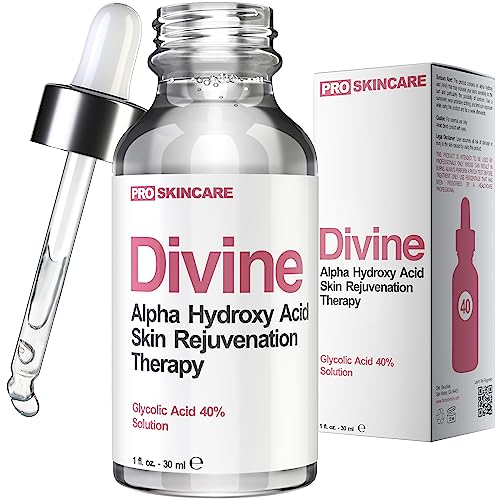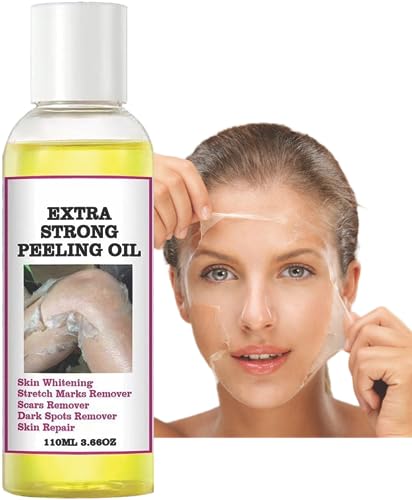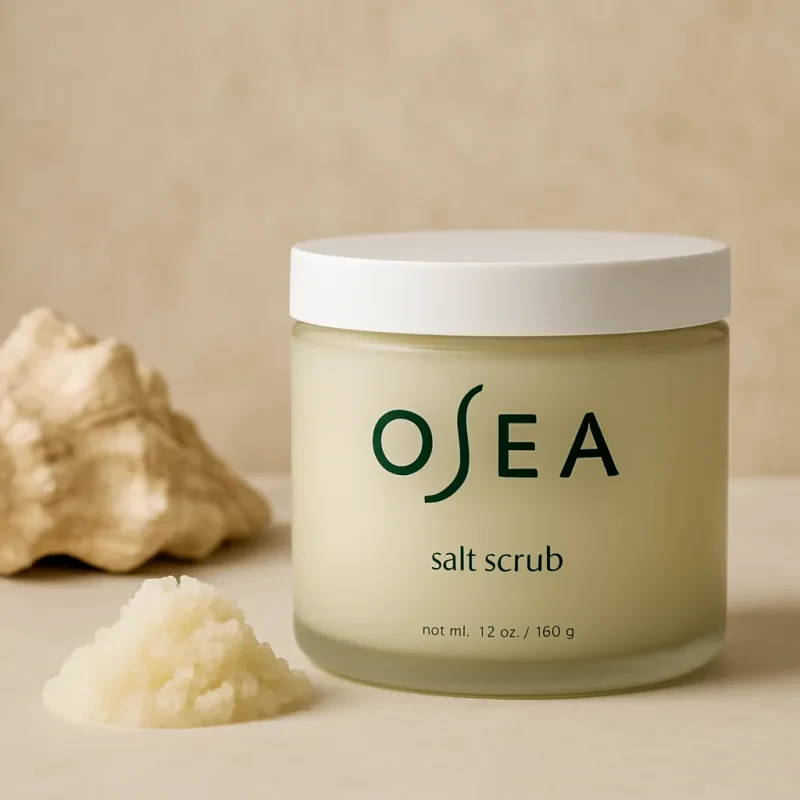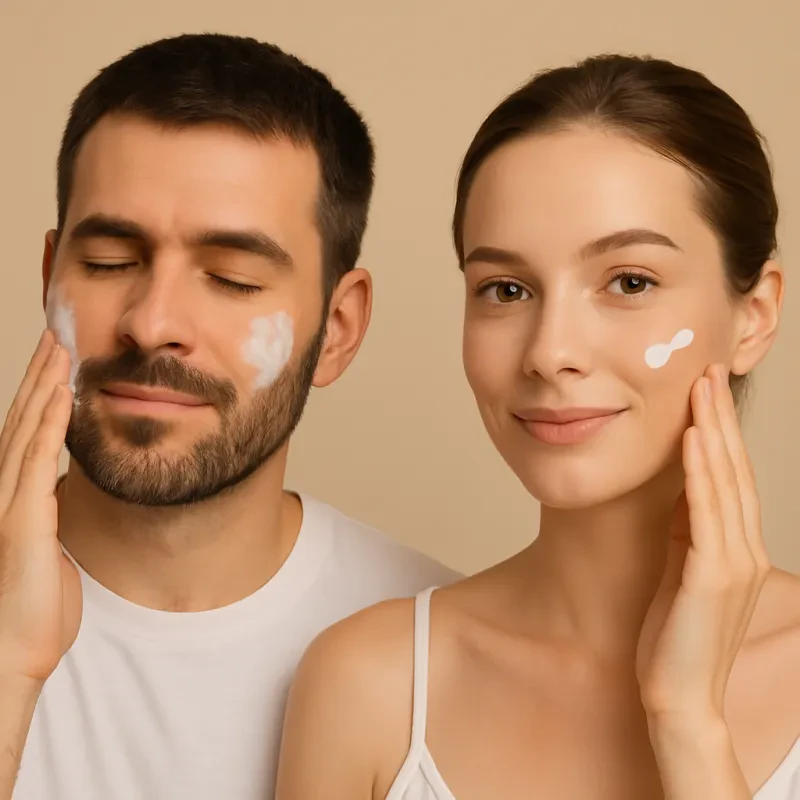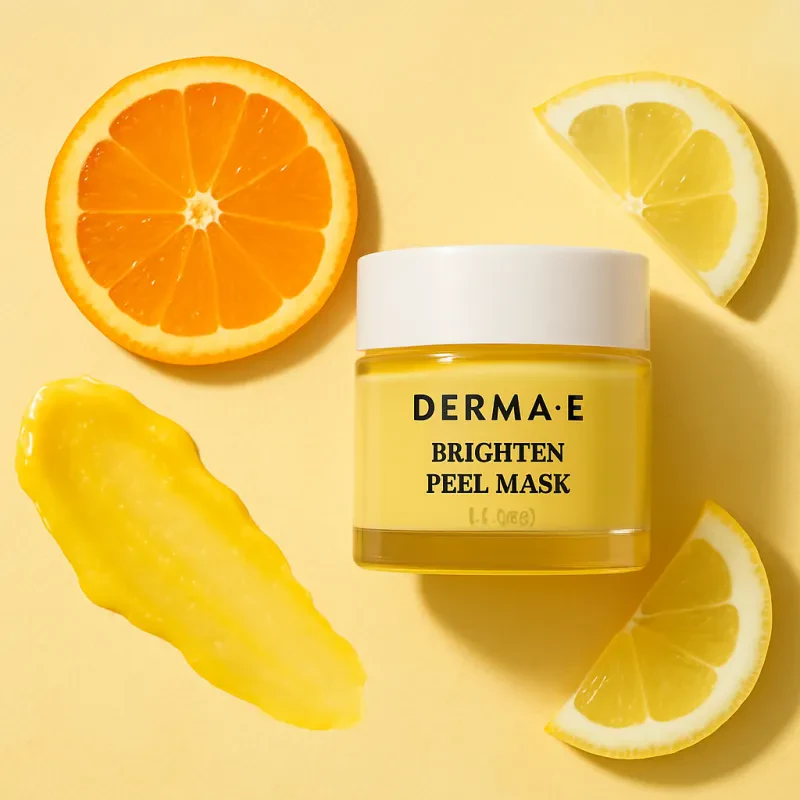Before undergoing a chemical peel, it's essential to consult with a dermatologist to determine the most suitable type of peel for your skin concerns and type.
- **Before the Chemical Peel:**
- Consultation with a dermatologist to determine the most suitable type of peel for your skin type and concerns.
- Avoiding sun exposure and using sunscreen daily as recommended by your provider.
- Following a pre-treatment regimen that may include using specific skincare products to prepare the skin.
- **During the Chemical Peel:**
- Application of a liquid acidic solution to exfoliate the top layers of skin, which can be done on the face, neck, chest, or hands.
- The procedure varies in duration and intensity depending on the type of peel (light, medium, or deep).
- Sensations of stinging or burning during the application, with possible use of pain medication for deeper peels.
- **After the Chemical Peel:**
- Immediate post-peel effects such as redness, swelling, and irritation, which vary based on the depth of the peel.
- A healing timeline that can range from a few days to several weeks, with deeper peels requiring more time.
- Possible crusting, peeling, and discoloration as the skin heals and reveals smoother, rejuvenated skin underneath.
- Repeated treatments may be necessary for light and medium peels to maintain results.
- Post-treatment care including gentle cleansing, moisturizing, and strict sun protection to aid the healing process and protect the new skin.
Please note that individual experiences with chemical peels can vary, and it's important to follow the specific instructions provided by your skincare professional for optimal results and safety. Always consult with a licensed aesthetician or dermatologist to discuss the best approach for your skin needs.
